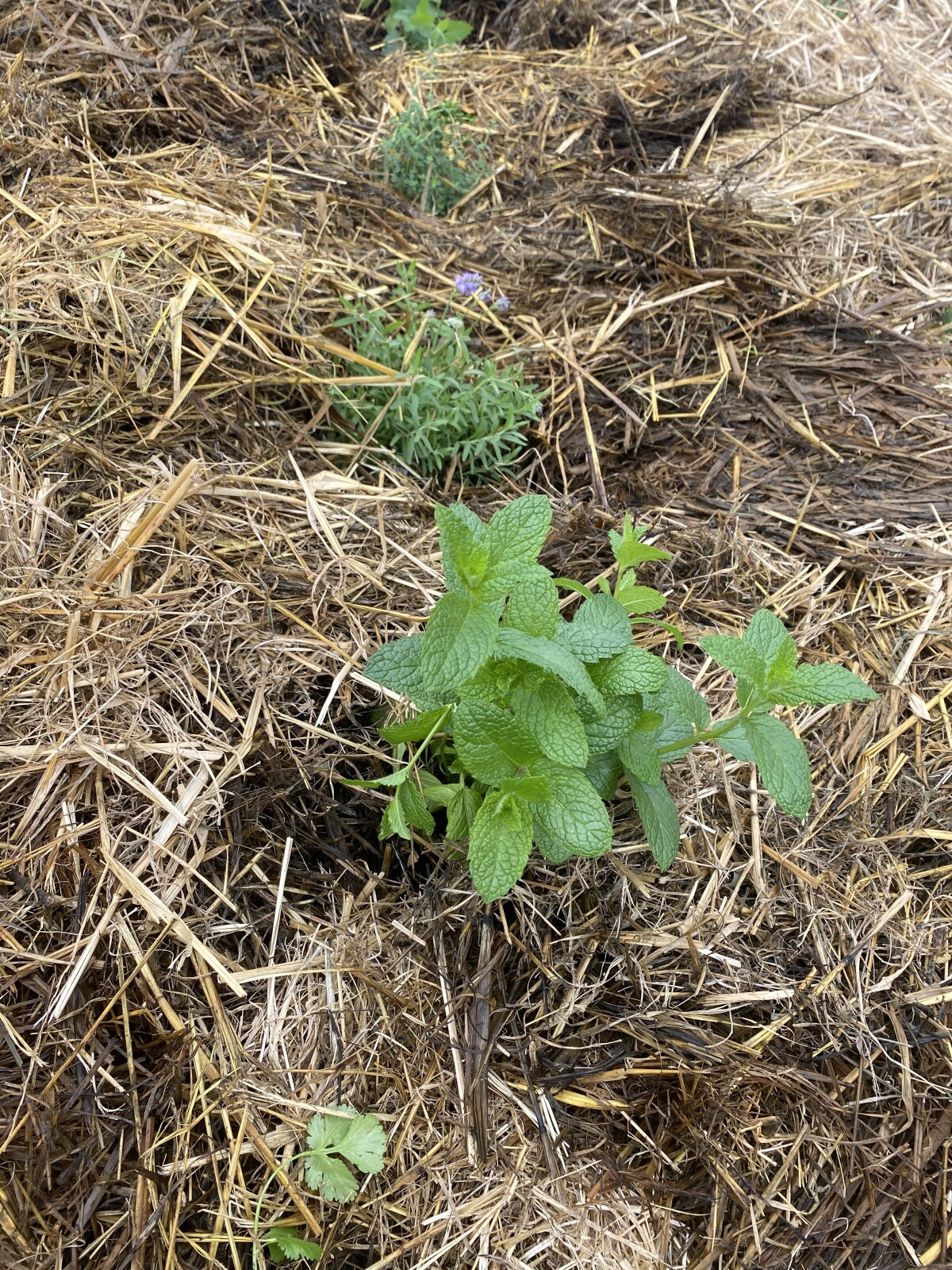
When we moved to WI last year, the soil in our garden was not healthy. I remember looking at the sparse grass growing in the garden, reaching down and grabbing a handful of soil in my hand. As I squeezed the soil together it crumbled in my hand. "Can we even bring this soil back?" I thought as I looked out over the biggest chunk of land that we had ever tried to garden.
Ethan and I only found a few worms when digging in the soil. (You want to see lots of worms in your soil! That means that your soil is healthy and moist enough for worms to live there and bonus, worm castings are great food for your plants.) We knew we had to do something to bring the soil back to health.
We decided to roll round bales out on our garden and use the hay for ground cover. Hay (or straw) helps the soil in a few different ways. It gives the soil a cover from the sun, so the top layer is not getting baked and making the worms go deeper into the earth. It also is a protection from the wind, so the topsoil does not blow away. Another benefit of hay is it serves as great compost material. The bottom layer of the hay breaks down, giving the soil some much needed nutrients. The difference that we saw in our soil from when we laid down the hay to a year later was amazing! Best of all the worms have come back!
A key thing you NEED to know when putting down hay or straw, don’t till it in! Let it work just as nature works! Nature puts the leaves and twigs on top of the soil and then it slowly breaks down. If you garden with nature instead of against it, the whole gardening process will get easier!
What happens when you till hay, straw, leaves, twigs, and grass clippings into the soil? Good question. It takes nitrogen from the soil to break them down. Then the plants will be nitrogen deficient. They will start to look pale yellow-green and grow slowly. Nitrogen is a nutrient that plants need to thrive!




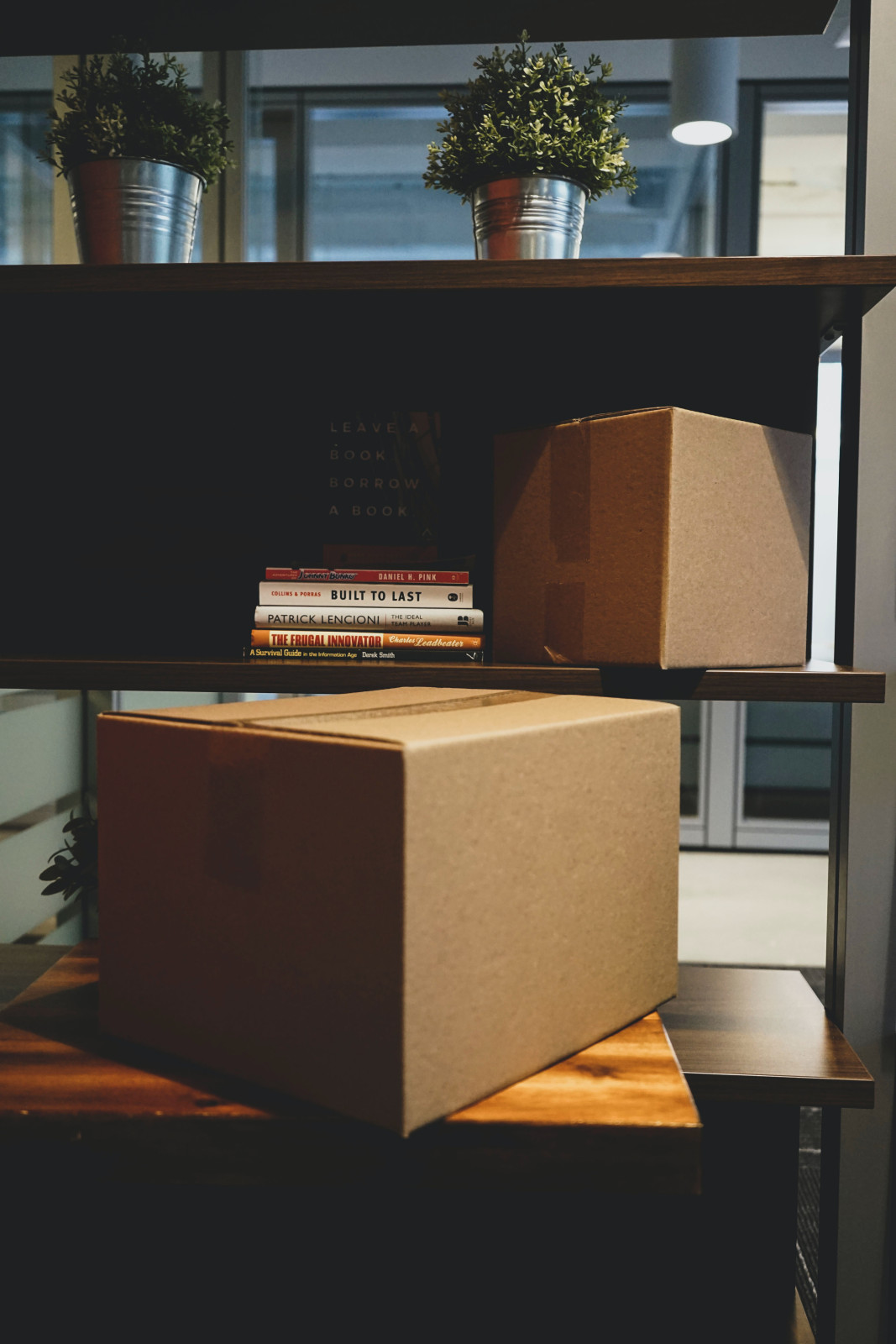
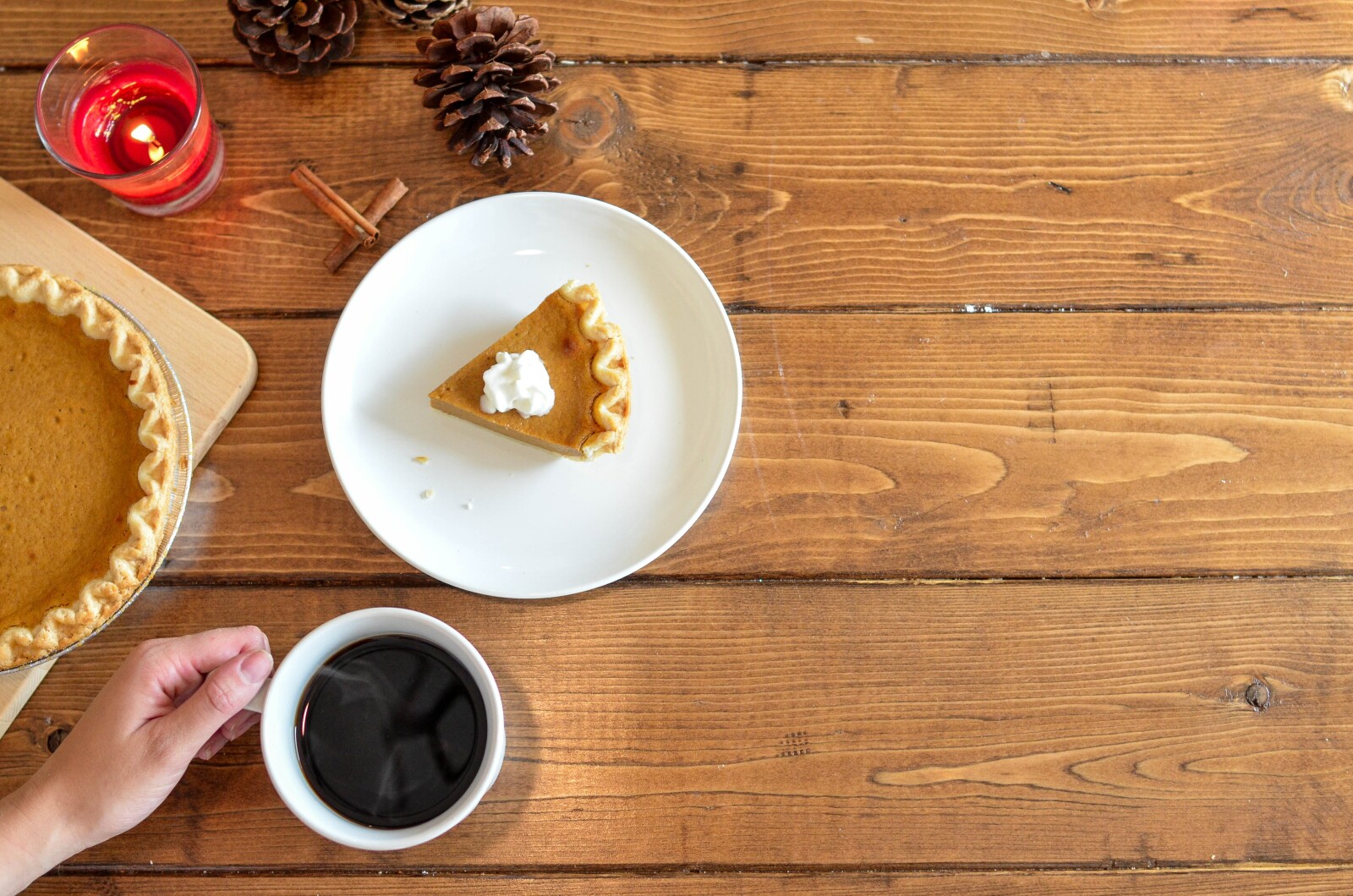
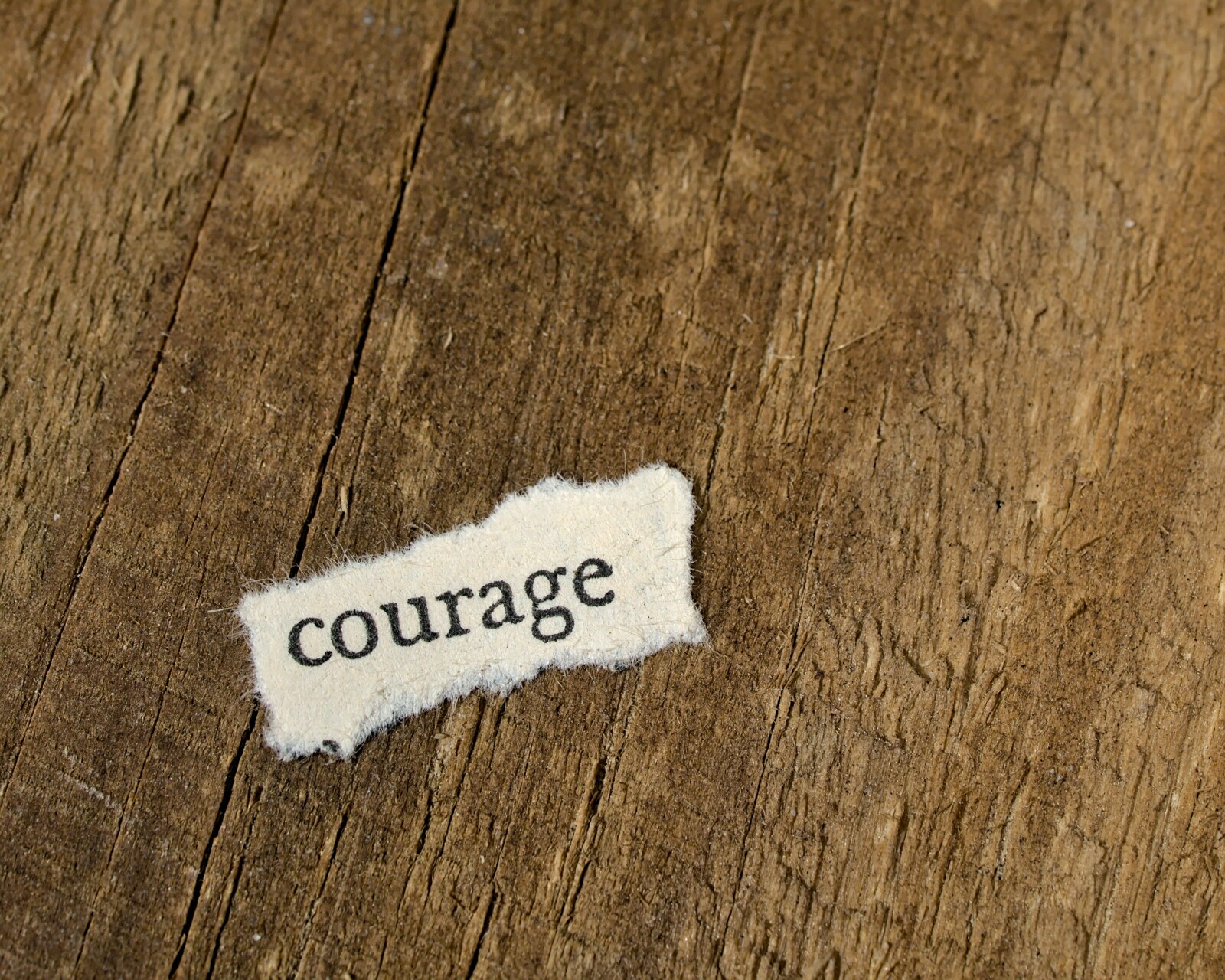

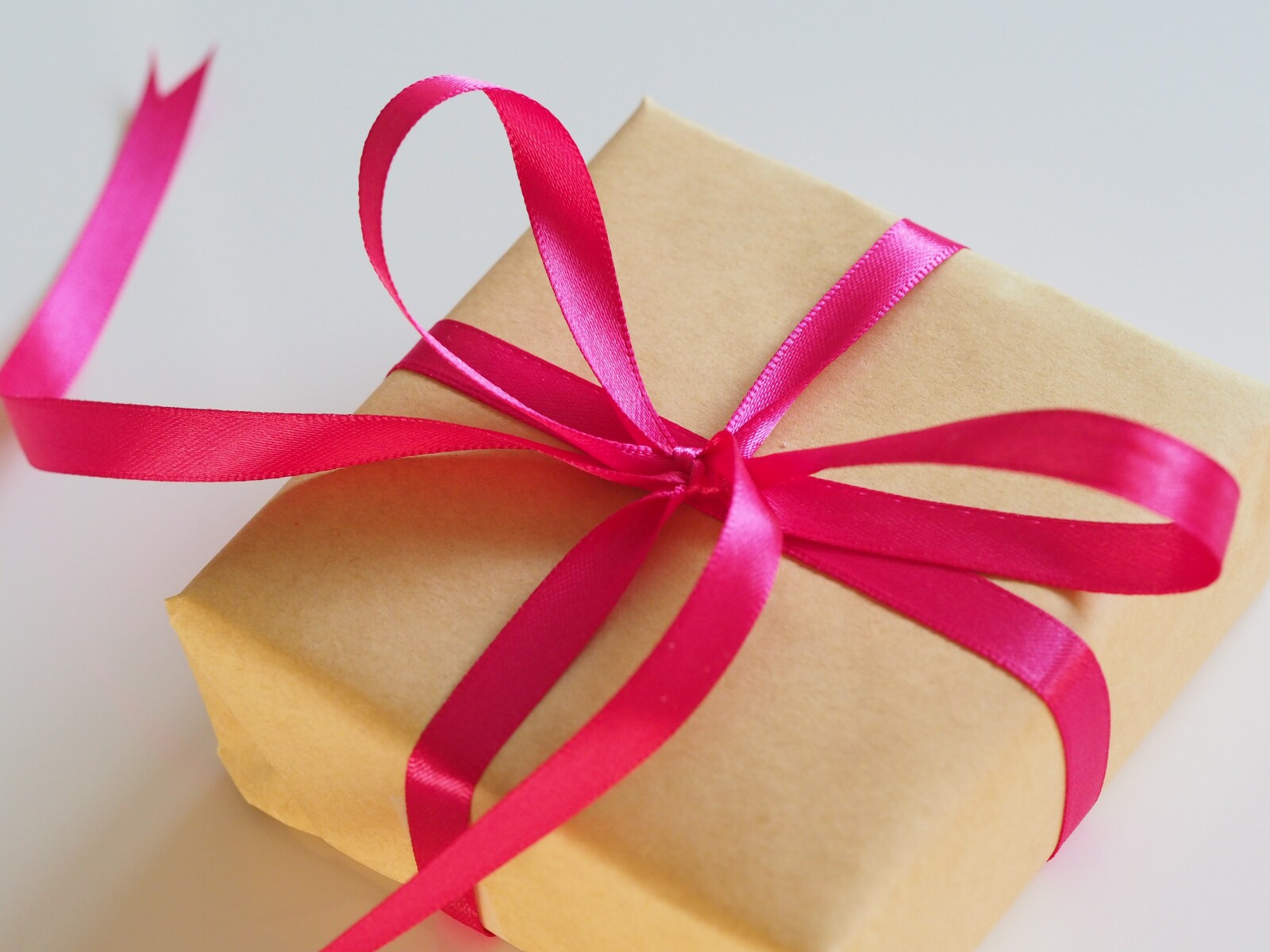

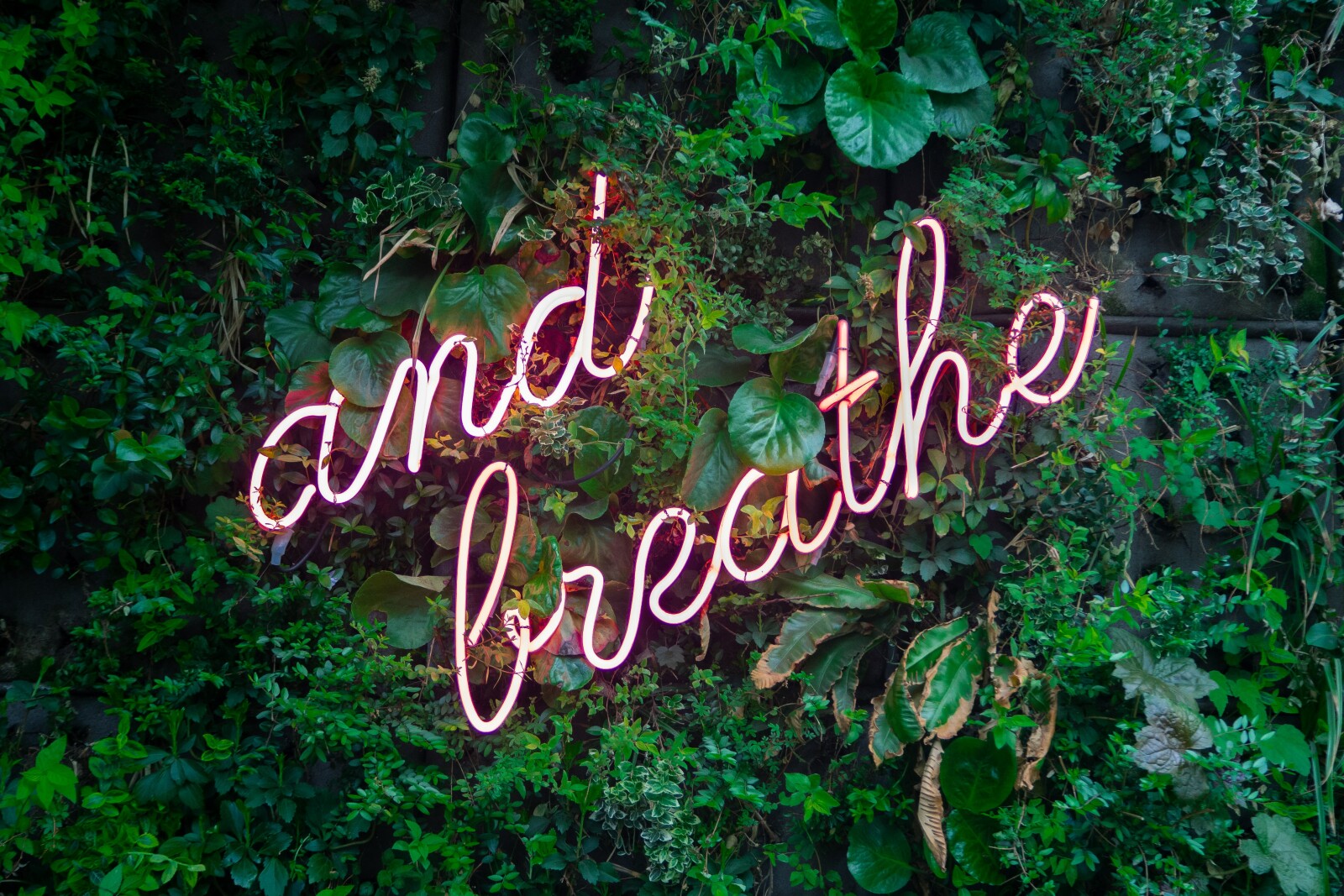


0 Comments